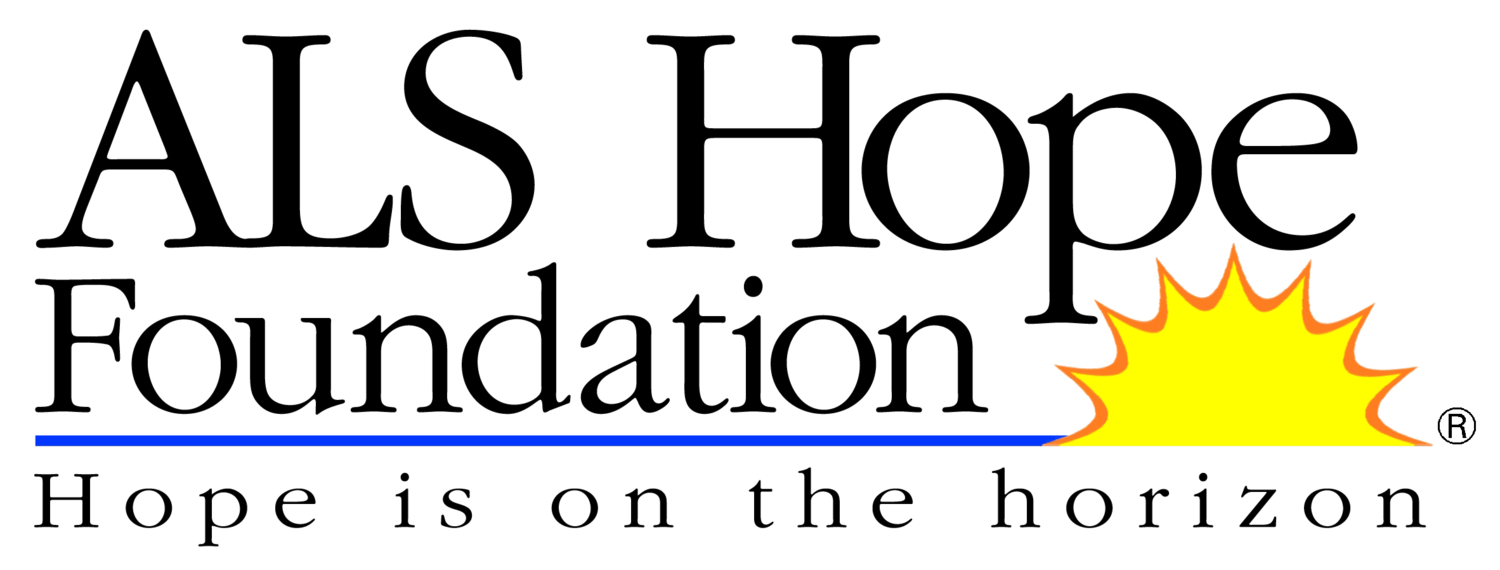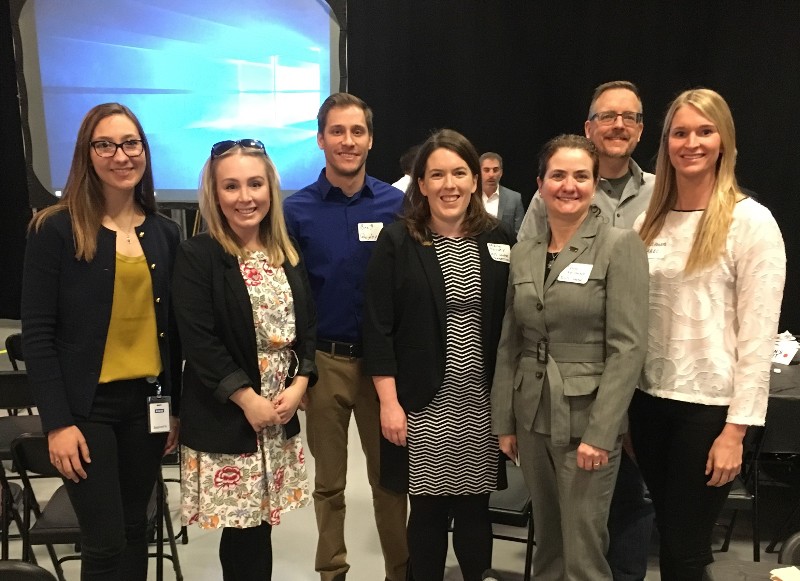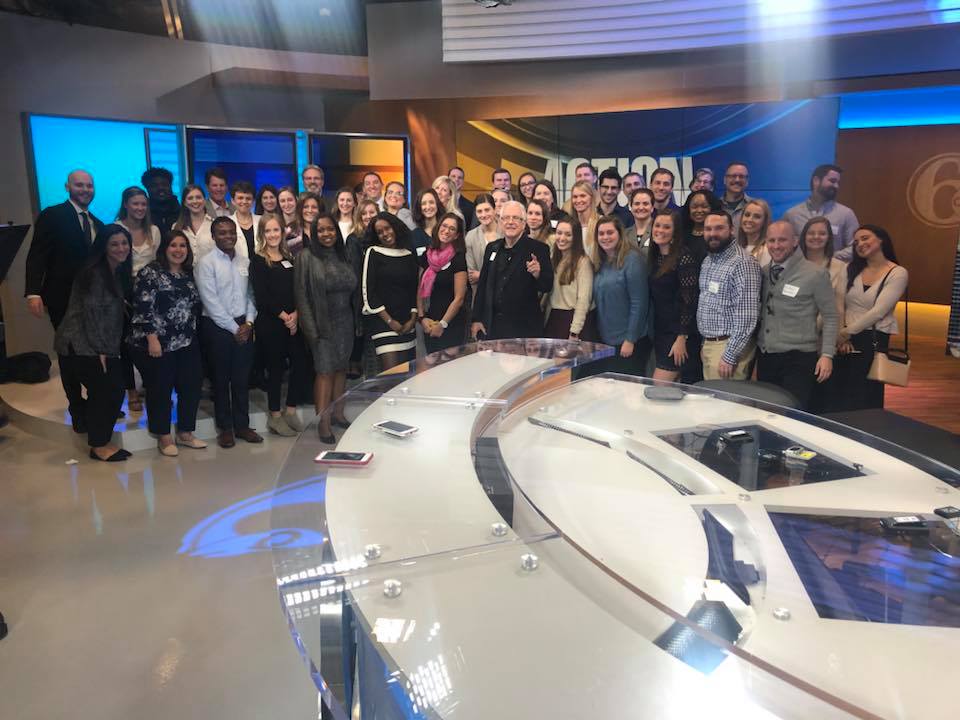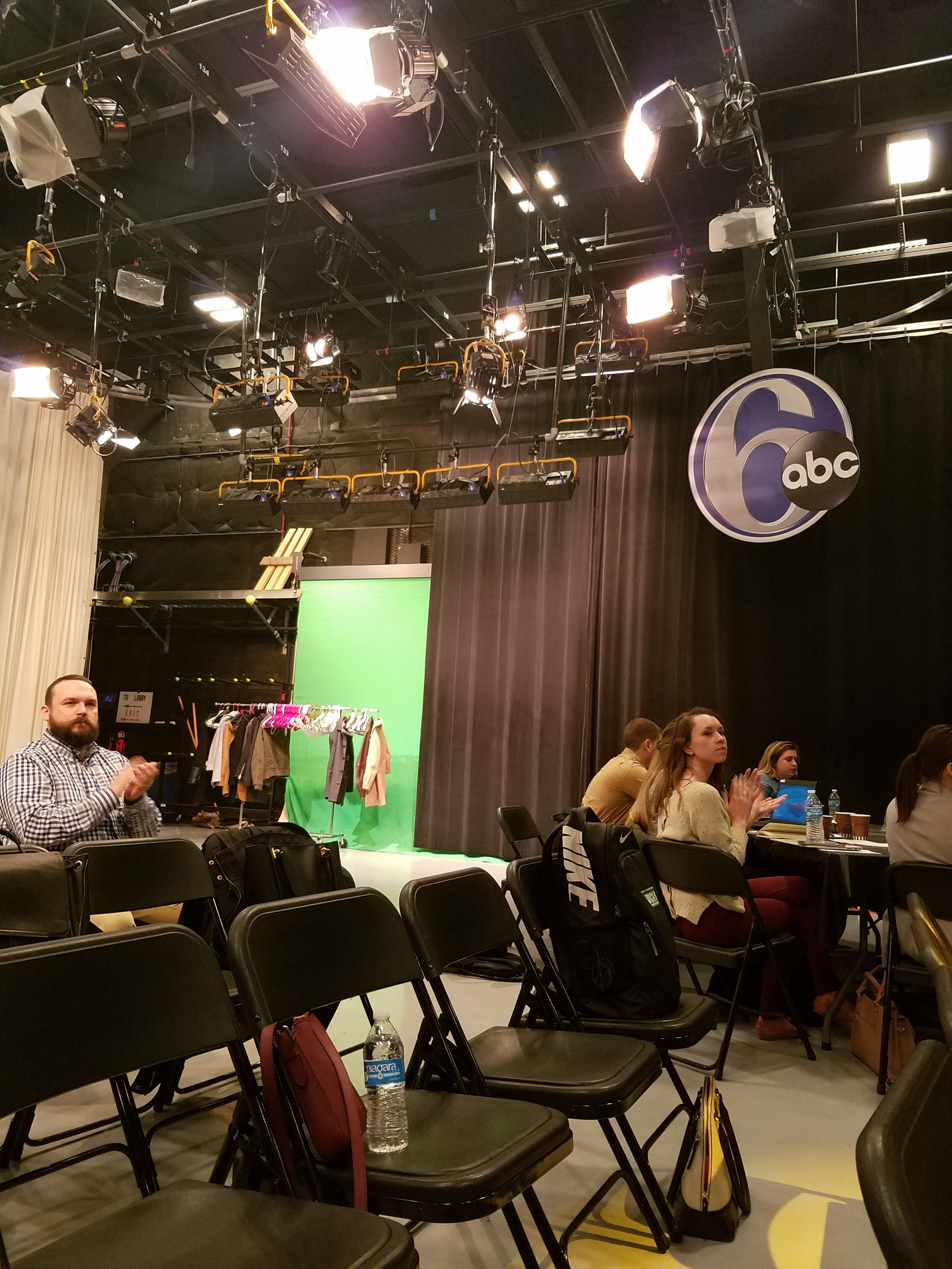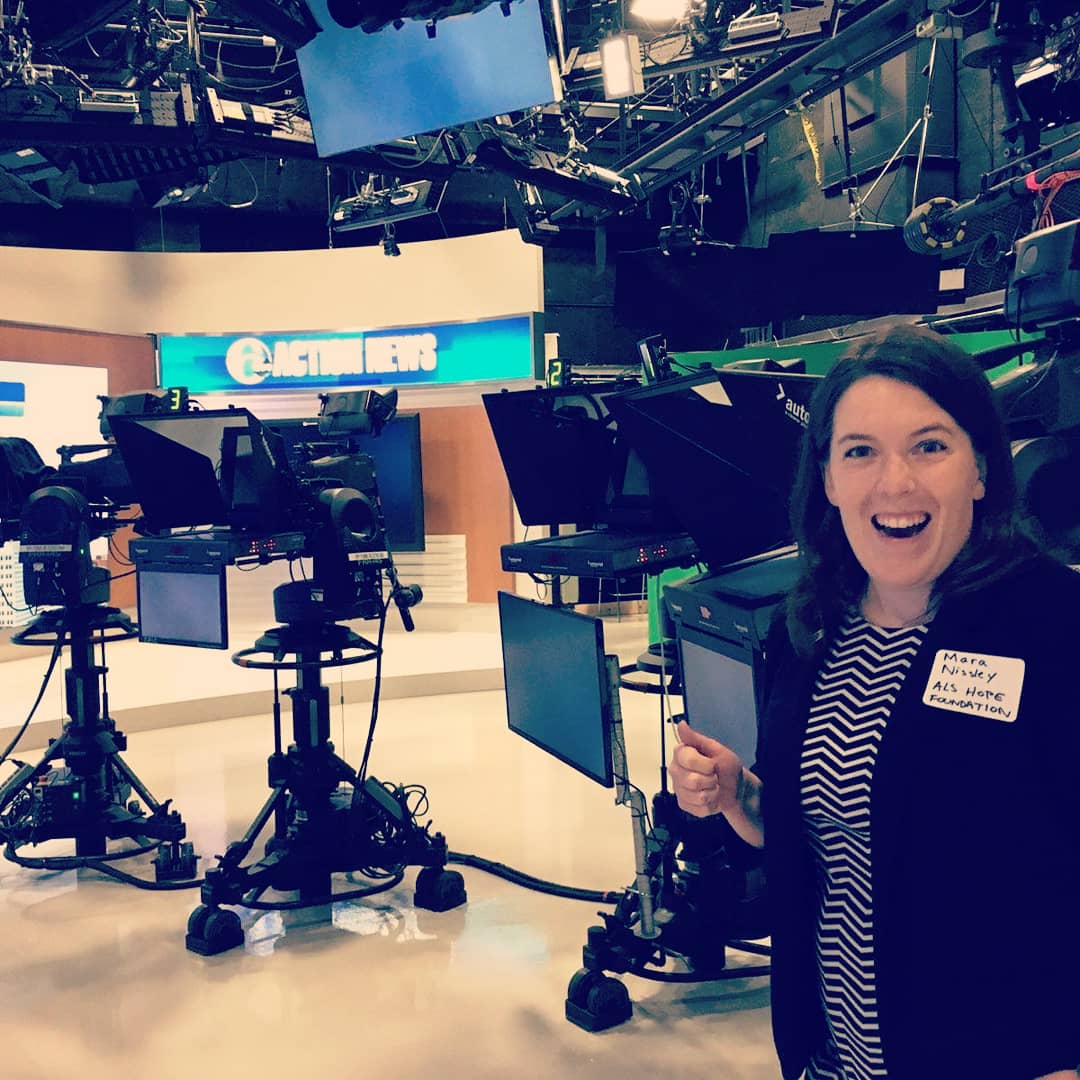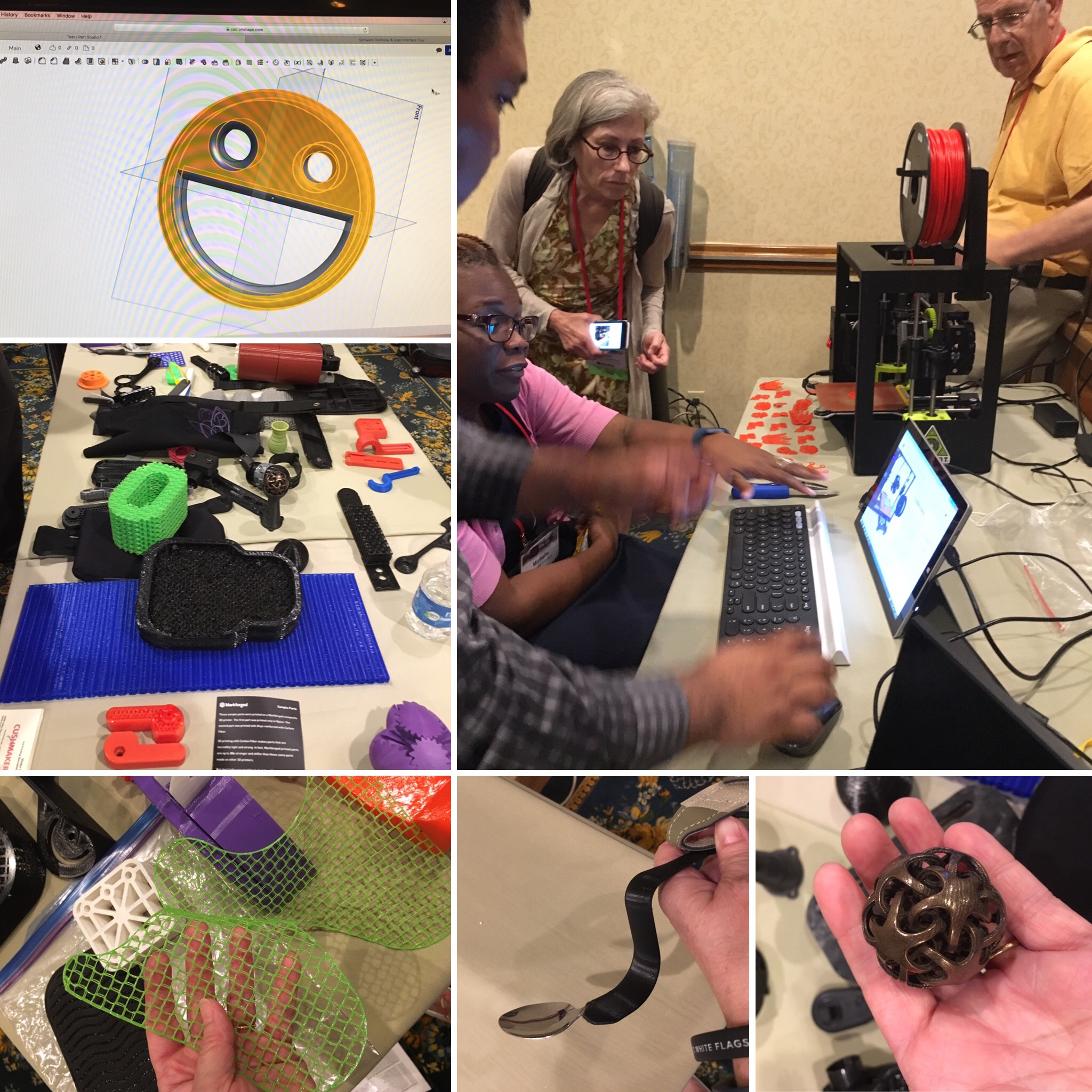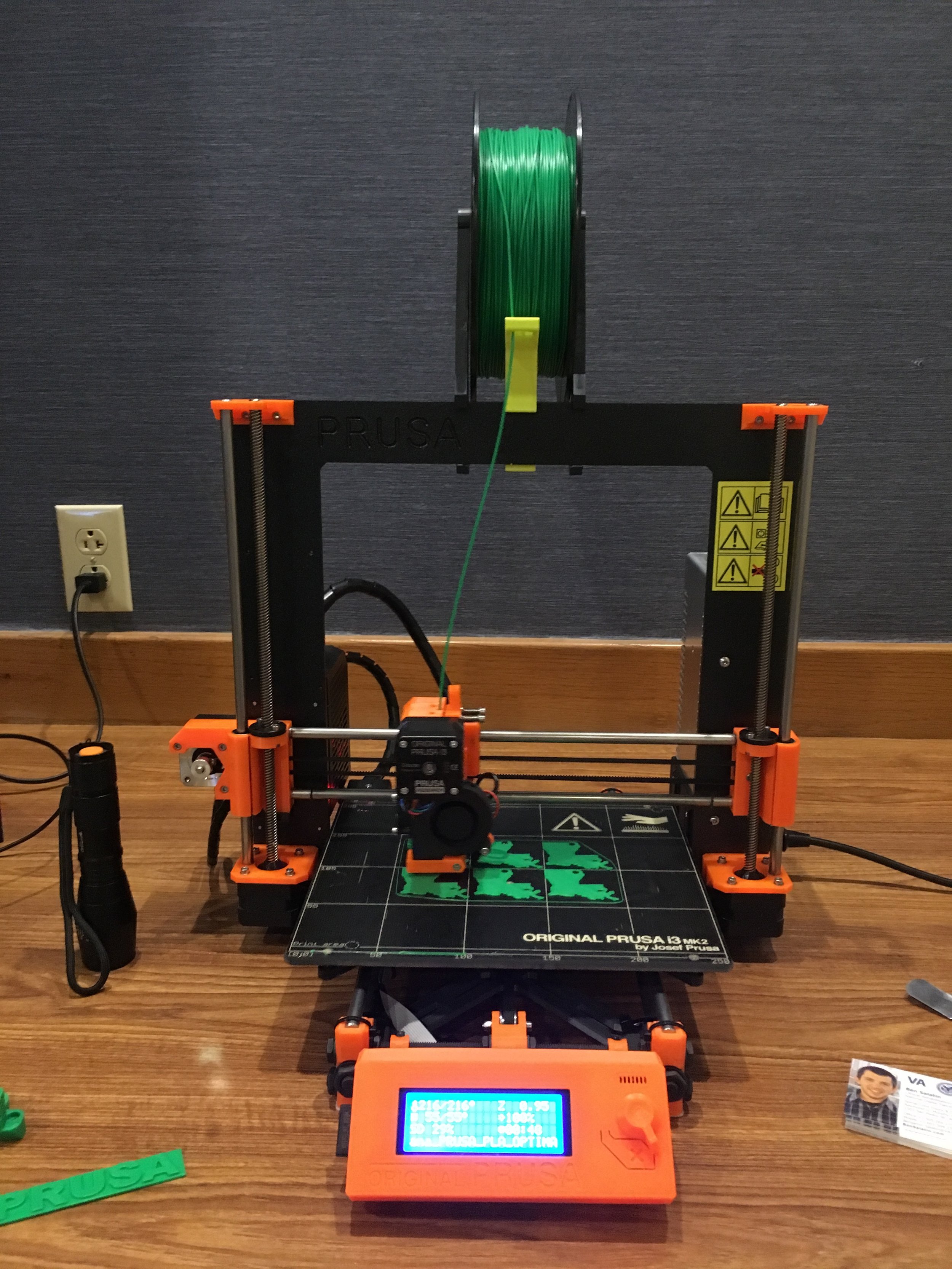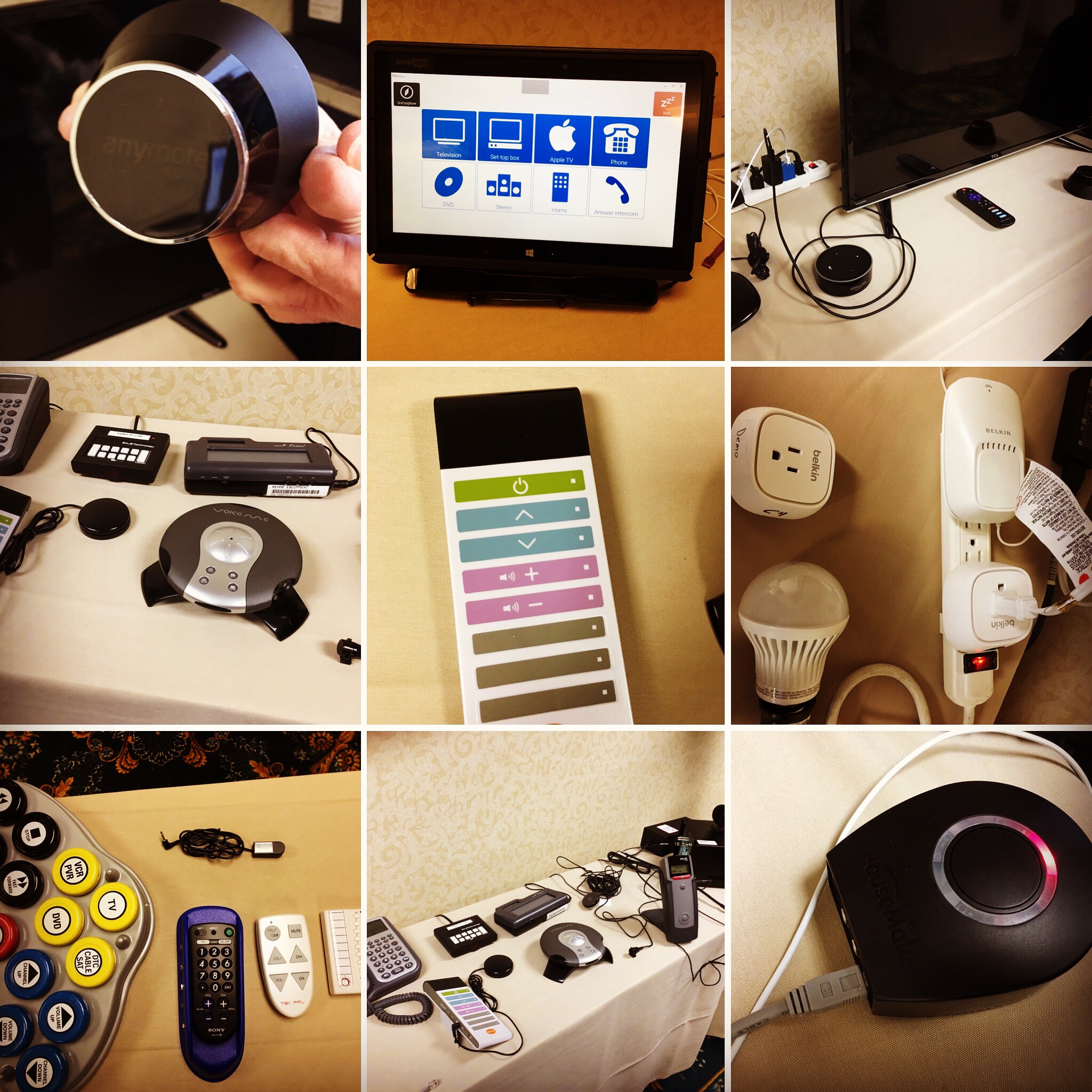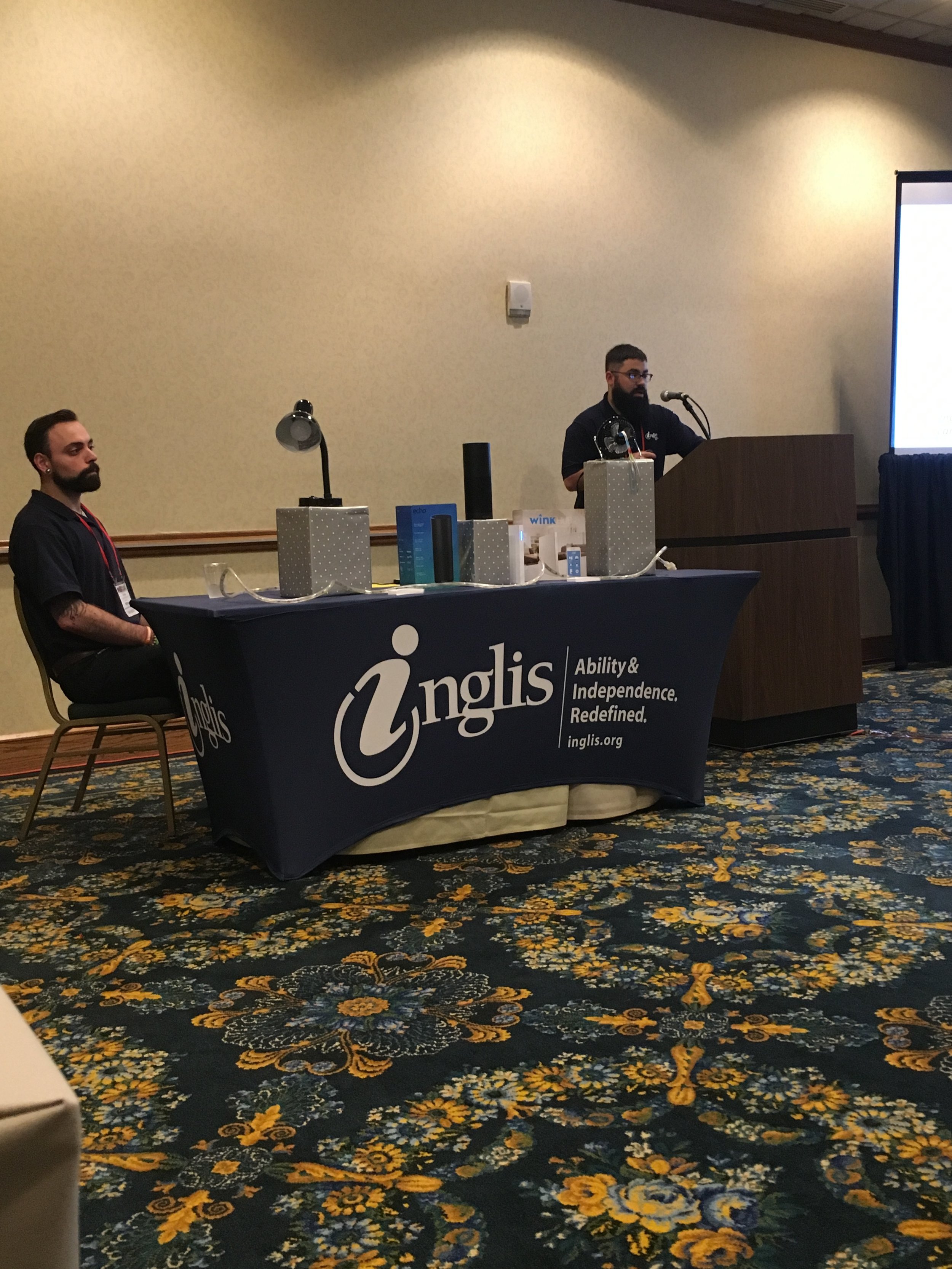The conference was kicked off by Alex Mihailidis, PhD, PEng, whose Plenary presentation, “Disrupting the Aging and AT Landscape,” challenged everyone to rethink the current AT landscape for older adults and the aging population. He is the Scientific Director of AGE-WELL Network of Centres of Excellence, which focuses on the development of new technologies and services for older adults. His message is that the most disruptive and inspired ideas are the ones that move the field forward and he challenged us to not just focus on the current AT needs, but to look to, and design for, the future.
The next three days were filled with a variety of presentations. Here are few of the highlights of the meeting:
Our friends at Inglis House, also here in Philadelphia, gave a great presentation “Is there an Echo in Here?” on using the Amazon Echo as part of their independent living smart home design. Charles Sammartino and Michael Strawbridge described how they set up a smart apartment for individuals to increase their independence.
In the “Introduction to the Internet of Things,” LeighAnne Davis, Duke University, explained Smart Homes, Smart Communities and Smart Health and how they were different, but how they were connected, too. A Smart Home is one that has automation controlling various actions such as turning on/off lights, controlling the thermostat, or playing the television or music. This technology can really assist someone with limited physical function/ability. A Smart Community is when there are systems in place that can make decisions based on traffic flow or weather that are set-up to run automatically. This would be helpful for determining where handicapped/accessible parking is available. Smart Health is a way of monitoring your health through devices, similar to a Fitbit. An example of the systems working together in the future: You aren’t feeling well and your Smart Health sensors pick-up that you are dehydrated. When you go to the kitchen, you receive a message from your Smart Home to drink water and the refrigerator measures the amount you drink during the day. A message is sent to your daughter, which includes the fastest route to get to your house based on traffic through the Smart Community. Exciting or scary?
A panel discussion on Emergency Preparedness told the Louisiana story of Hurricane Katrina and the changes made to their system in the aftermath. A voluntary organization, Emergency Management for Disabled and Aging Coalition (EMDAC) organized following Katrina and Rita. They had recommendations for others who work with people dependent on AT including not only education for the users themselves, but also for the local first responders and shelters. Part of the presentation was given by two amazing women, Jessica Michot and Angela Lorio, from Trach Mommas of Louisiana. Their stories come from their experience of having to evacuate and not knowing what to do. They never wanted another parent to go through that alone.
There were a few great research and clinical projects presented their work in progress, too. CARE-RATE, a website designed to make finding information on the web easier and more accurate was presented by AGE-WELL investigator Jen Boger. Kudos to their group for all of the hard work and thoughtfulness they are putting into this project! Kamilya Gosmanova, from Albany, NY, described their work on getting BCI access to the MyTobii software and device. They are having some success and are continuing to move forward. There were student designs including a U-shaped adaptor to an electric toothbrush; steps to attach to a wheelchair for ease of access from the floor; and an adjustable height grab bar for public restrooms
